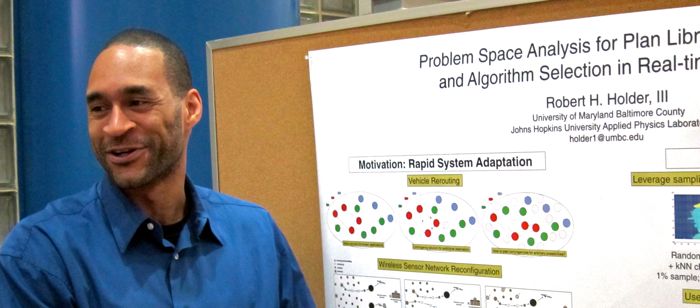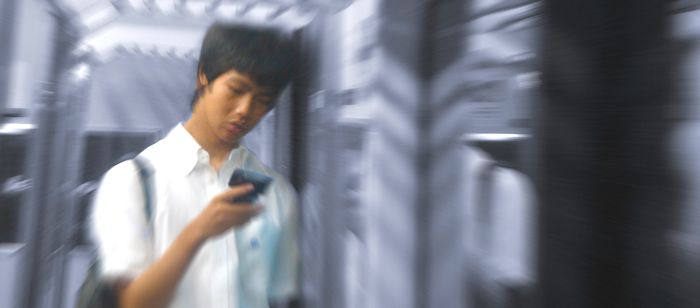
EE Graduate Seminar
Complex-valued Adaptive Signal Processing:
Applications in Medical Imaging
Prof. Tulay Adali
Machine Learning for Signal Processing Laboratory
CSEE Dept/UMBC
1-2pm Friday, 29 April 2011, ITE 237
Complex-valued signals arise frequently in applications as diverse as communications, radar, geophysics, optics, and biomedicine, as most practical modulation formats are of complex type and applications such as radar and magnetic resonance imaging lead to data that are inherently complex valued. The complex domain, however, presents unique challenges for signal processing, in particular for adaptive nonlinear processing, and as a result, until recently, most algorithms derived for the complex domain have taken engineering shortcuts limiting their usefulness. The most common one among those has been assuming the circularity of the signal, thus ignoring the information conveyed by the phase. Similarly when taking gradients in the complex domain, a "split" approach that performs optimization separately with respect to the real and imaginary variables has been the dominant practice.
There have been important advances in the area within the last decade that clearly demonstrate that noncircularity is an intrinsic characteristic of many signals of practical interest, and when taken into account, the methods developed for their processing may provide significant performance gains. Similarly, it has been shown that using Wirtinger calculus, all calculations can be carried out in a manner similar to real-valued calculus while keeping all the computations in the complex domain.
In this talk, after a brief introduction to optimization using Wirtinger calculus and statistics in the complex domain, and then I will give examples from some of the recent work conducted at the MLSP-Lab.







